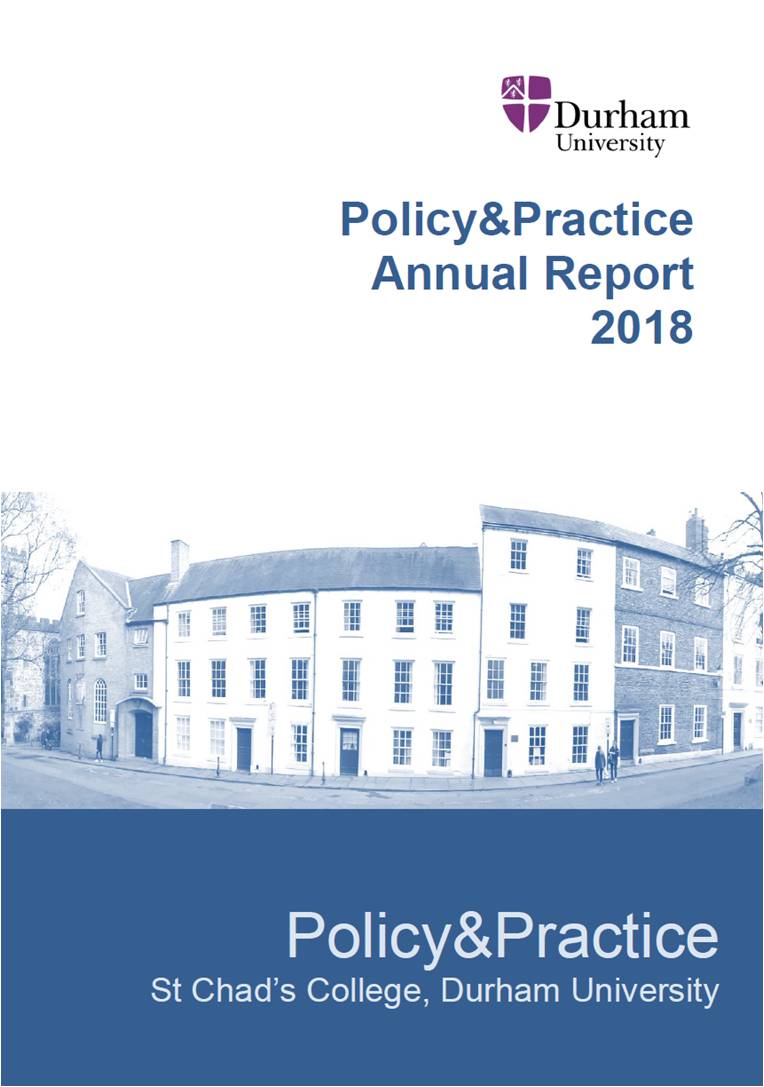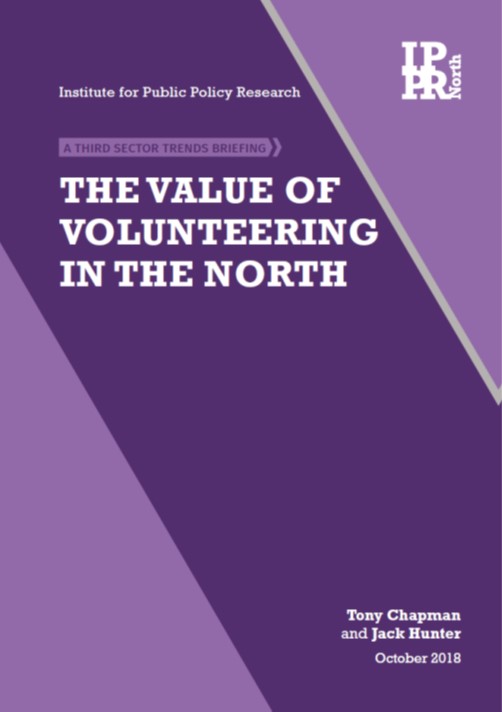How to capitalise on secondary markets in North East England & Cumbria
A seminar organised by the Institute for Local Governance at Council Chamber, North Tyneside Council, Quadrant, Cobalt Business Park, North Shields, NE27 0BY
Friday 15th March 2019, 9.30 – 13.00
For too long, North East England was a throw-away society – but in recent years, the region has been learning to think again before dispensing with material resources which could have a second life or using up resources that, once gone, cannot be replaced.
In debates on patterns of consumption, waste and recycling, attention often turns first to issues surrounding the reduction in energy use and diminishing the need for waste disposal. These issues are, of course, vitally important – but under the surface of these headline issues lays much complexity and indeed opportunity.
This seminar took a fresh look at patterns of consumption by focusing on how to encourage people to recognise the value of using and wasting less. But in so doing, the debate must also explore what is understood by the term waste and explore which of its constituents might more properly be described as resources if they are handled well.
By using the term ‘secondary resources’ the seminar will encourage participants across all sectors to consider those good practices they already adopt but do not necessarily recognise as environmentally valuable. And, as importantly, to think again about how, if awareness is raised, such practices might be adopted in new contexts.
The seminar, which was chaired by Colin MacDonald: Senior Manager, Technical & Regulatory Services, North Tyneside Council, had a number of speakers who addressed the issue of consumption and waste from a number of stand points.
- Professor Mike Crang, Department of Geography, Durham University: on the current situation and how to increase awareness of secondary markets for materials.
- Stuart Foster, Chief Executive Officer, RECOUP: on the plastic recycling journey and the use of recycled plastics in manufacturing.
- Robin Osterley, Chief Executive Officer, Charity Retail Association: on the social, economic and environmental contribution of charity shops.
- Stephen Armstrong, Programme Manager, Groundwork North East: on changing public attitudes to issues surrounding consumption, waste and recycling.
This was the first of two seminars in this series. A second seminar will take place in Redcar and Cleveland in the summer on the issue of ‘circular economies’.
Seminar presentations can be downloaded here:
Stuart Foster – ILG Seminar 15th March
Stephen Armstrong ILG Seminar 15 March 2019
Robin Osterley – ILG Seminar 15th March 2019
Mike Crang – ILG Seminar 15th March
The Institute for Local Governance is a North East Research and Knowledge Exchange Partnership established in 2009 comprising the North East region’s Universities, Local Authorities, Police and Fire and Rescue Services. Further information about the content of the event can be obtained by contacting:- tony.chapman@durham.ac.uk or john.mawson@durham.ac.uk.

 Our Bright Future allowed the NYA to to work intensively with young people over three years developing environmental projects. Funding was awarded to undertake 50 projects devised and run by young people who were, in turn, supported and trained through a comprehensive programme to develop their sustainability learning, employability skills, digital understanding and self-confidence.
Our Bright Future allowed the NYA to to work intensively with young people over three years developing environmental projects. Funding was awarded to undertake 50 projects devised and run by young people who were, in turn, supported and trained through a comprehensive programme to develop their sustainability learning, employability skills, digital understanding and self-confidence. Several more reports have been published this year from the Third Sector Trends study – which will start its fifth round of surveys in 2018 – representing over ten years of intensive study. Two studies were published with IPPR North with groundbreaking data on the contribution of business to the third sector and on the value of volunteering to local charities. A study was also published on community business as a prelude for more intensive research in 2019 for Power to Change. The Third Sector Trends project, which covers the whole of the North of England has become increasingly influential on thinking about how best to support and fund charities in the North.
Several more reports have been published this year from the Third Sector Trends study – which will start its fifth round of surveys in 2018 – representing over ten years of intensive study. Two studies were published with IPPR North with groundbreaking data on the contribution of business to the third sector and on the value of volunteering to local charities. A study was also published on community business as a prelude for more intensive research in 2019 for Power to Change. The Third Sector Trends project, which covers the whole of the North of England has become increasingly influential on thinking about how best to support and fund charities in the North. Professor Adams is an expert in integrated reporting, social and environmental accounting, sustainability reporting and developing strategy to address sustainable development. She is founding editor of the Sustainability Accounting, Management and Policy Journal and writes on her website at www.drcaroladams.net.
Professor Adams is an expert in integrated reporting, social and environmental accounting, sustainability reporting and developing strategy to address sustainable development. She is founding editor of the Sustainability Accounting, Management and Policy Journal and writes on her website at www.drcaroladams.net. Based on research findings from the Third Sector Trends study, the report recognises that the volume of voluntary activity in the north is enormous – about 930,000 people regularly volunteer and deliver over 76m hours of work.
Based on research findings from the Third Sector Trends study, the report recognises that the volume of voluntary activity in the north is enormous – about 930,000 people regularly volunteer and deliver over 76m hours of work.
 People are often confused by the complexity of civil society. For example there are so many ways of describing what is sometimes known as the ‘third sector’, ‘voluntary, community and social enterprise sector’ or ‘civil society sector’. This problem is compounded when we try to define specific types of organisations. Community business is a case in point: how are these organisations defined, and how do they differ from others such as social enterprises or community or voluntary organisations?
People are often confused by the complexity of civil society. For example there are so many ways of describing what is sometimes known as the ‘third sector’, ‘voluntary, community and social enterprise sector’ or ‘civil society sector’. This problem is compounded when we try to define specific types of organisations. Community business is a case in point: how are these organisations defined, and how do they differ from others such as social enterprises or community or voluntary organisations? In this hard-hitting paper, Tim Blackman, a serving Vice-Chancellor, calls for a much less hierarchical higher education sector. He shows how this will benefit students, the quality of learning and social mobility and, most importantly, he shows how to get there.
In this hard-hitting paper, Tim Blackman, a serving Vice-Chancellor, calls for a much less hierarchical higher education sector. He shows how this will benefit students, the quality of learning and social mobility and, most importantly, he shows how to get there.